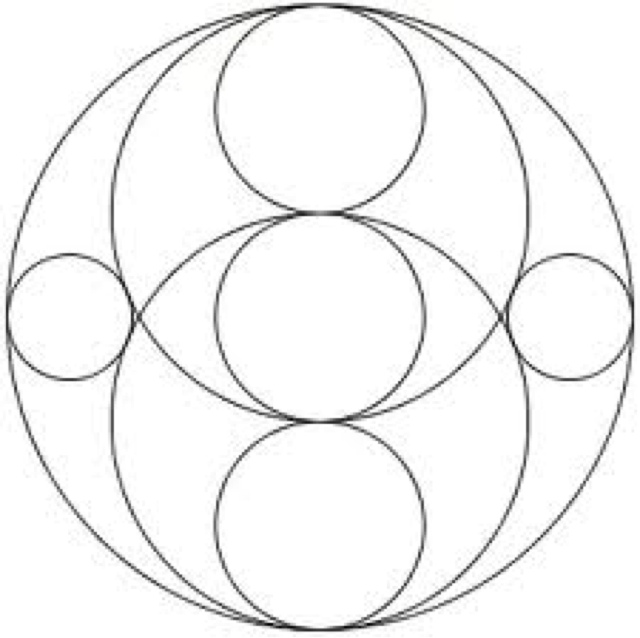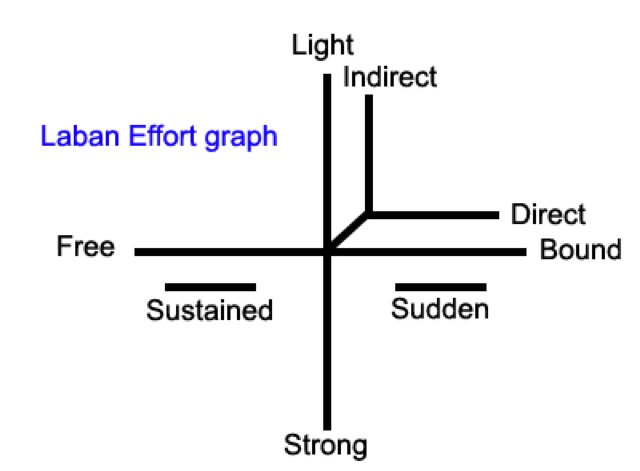Another company whose work I have admired for some time, and one which I had the immense pleasure of participating in a weekend lab with over the past two days (look for the blog on that too!). This piece, based on the Bulgakov pre-WW2 novel, was visually stunning, taking the audience through a mad and twisted fairy tale land of devils and talking cats, all with the assistance of 16 committed performers, minimal furniture, and amazing lighting design. True to their form, Complicite work from minimal props and sets, and will use physical theatre defamiliarization techniques to use these props to make all sorts of locations, objects, and feelings. In the hands of these capable performers, chairs become olive trees, weapons, stairs, you name it. The sheer imagination of the piece had me on edge, and completely wanting to invent work like this of my own.
That said, I did have some concern over the vocal work on the show; at times actors were not understandable (notably, the lead "The Master" was unintelligible from the upper stalls) while others' voices were strained and overworked. As well, I did find myself wondering how the show would be possible without the multi-million dollar lighting rig and amazing sound and lighting design they had. Obviously this is just my poor theatre student sensibility coming out, but there is something to be said; there were moments where I felt without the lighting or sound the energy of the piece would have been mute.
On the whole, I have immense respect for Complicite's work, and was fully inspired by the piece, despite a couple small queries or misgivings.
That said, I did have some concern over the vocal work on the show; at times actors were not understandable (notably, the lead "The Master" was unintelligible from the upper stalls) while others' voices were strained and overworked. As well, I did find myself wondering how the show would be possible without the multi-million dollar lighting rig and amazing sound and lighting design they had. Obviously this is just my poor theatre student sensibility coming out, but there is something to be said; there were moments where I felt without the lighting or sound the energy of the piece would have been mute.
On the whole, I have immense respect for Complicite's work, and was fully inspired by the piece, despite a couple small queries or misgivings.


